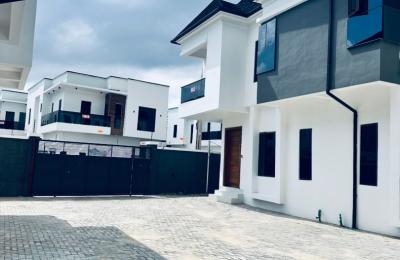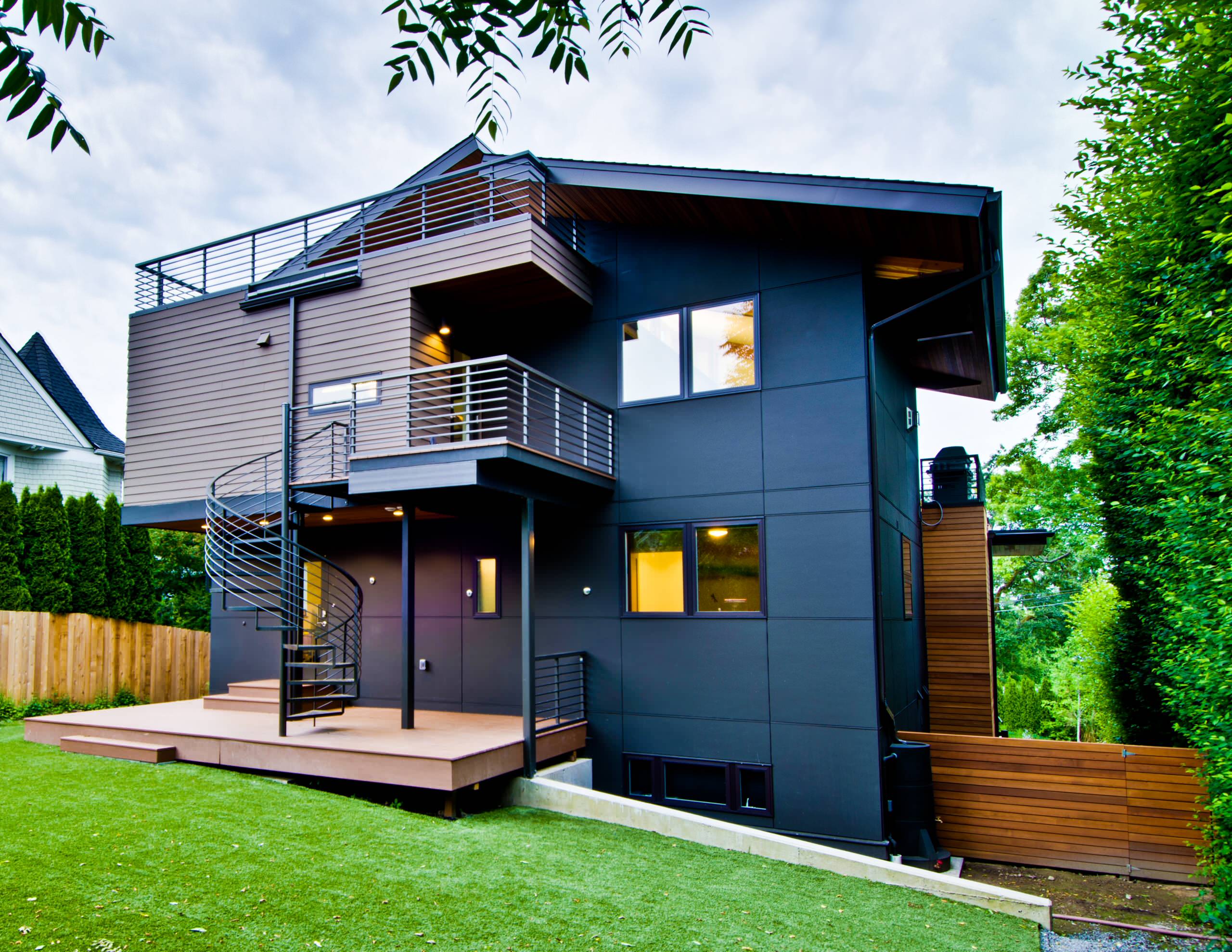Green Homes: Eco-Friendly Features Buyers Love
As environmental awareness grows, more homebuyers are seeking properties that align with their values and contribute to a sustainable future. Green homes, designed with eco-friendly features, are increasingly in demand, not only for their environmental benefits but also for the long-term savings and health advantages they offer. In this post, we’ll explore the top eco-friendly features that buyers love in green homes and why these features are shaping the future of real estate.
1. Energy-Efficient Appliances
Energy-efficient appliances are a must-have in any green home. These appliances, often marked with the ENERGY STAR® label, use less electricity and water, reducing utility bills and the home’s overall carbon footprint.
“Energy-efficient appliances are one of the most impactful ways to lower a home’s energy consumption. Homebuyers are increasingly looking for these features as they offer immediate savings and align with a more sustainable lifestyle,” says real estate agent Susan Green.
From refrigerators and dishwashers to washing machines and HVAC systems, energy-efficient appliances are a top priority for eco-conscious buyers.
2. Solar Panels
Solar panels have become synonymous with green homes, providing a renewable energy source that reduces reliance on fossil fuels. Installing solar panels can significantly lower or even eliminate electricity bills, making them an attractive feature for buyers looking to invest in a sustainable property.
According to renewable energy expert Tom Harris, “Solar panels not only reduce energy costs but also add value to a property. Buyers see them as a long-term investment that benefits both their wallets and the environment.”
In many areas, homeowners can also take advantage of tax incentives and rebates for installing solar panels, further increasing their appeal.
3. High-Quality Insulation
Proper insulation is essential for maintaining a home’s energy efficiency. By keeping the heat in during winter and out during summer, high-quality insulation reduces the need for heating and cooling, resulting in lower energy consumption and costs.
“Insulation is often overlooked, but it’s a critical component of a green home. Buyers appreciate homes that stay comfortable year-round with minimal energy use,” notes builder and sustainability consultant James Peters.
Eco-friendly insulation materials, such as recycled cotton, wool, or cellulose, offer an added layer of environmental responsibility that appeals to green-minded buyers.
4. Sustainable Building Materials
The use of sustainable building materials is another key feature of green homes. These materials are often recycled, reclaimed, or sourced from renewable resources, reducing the environmental impact of construction.
“Homebuyers are increasingly interested in the story behind their home’s materials. Sustainable choices like bamboo flooring, reclaimed wood, or recycled steel not only reduce environmental impact but also add unique character to the home,” says architect Laura Stevens.
Choosing materials with low VOC (volatile organic compounds) content is also important, as it improves indoor air quality and promotes a healthier living environment.
5. Water-Efficient Fixtures
Water conservation is a critical aspect of green home design, and water-efficient fixtures are a simple yet effective way to achieve it. Low-flow toilets, faucets, and showerheads reduce water usage without compromising performance, helping to conserve this precious resource.
“Water-efficient fixtures are a win-win for homeowners. They reduce water bills while also supporting water conservation efforts,” explains plumbing specialist David Lee.
In regions where water is scarce or expensive, these features are particularly valued by buyers looking to reduce their environmental footprint.
6. Smart Home Technology
Smart home technology has revolutionized the way we manage energy and resources in our homes. From programmable thermostats to smart lighting systems, these technologies allow homeowners to optimize energy usage, reduce waste, and enhance overall efficiency.
“Smart home technology is not just about convenience; it’s about making homes more sustainable. Buyers are drawn to homes that offer tech solutions for energy management,” says tech-savvy realtor Angela Moore.
The ability to control systems remotely, monitor energy consumption, and automate energy-saving practices makes smart home features a top choice for eco-conscious buyers.
7. Green Roofing
Green roofs, also known as living roofs, are an innovative feature that combines sustainability with aesthetic appeal. These roofs are partially or completely covered with vegetation, providing insulation, reducing stormwater runoff, and improving air quality.
“Green roofs are a fantastic way to enhance a home’s eco-friendly credentials. They offer both environmental benefits and a unique visual appeal that many buyers find irresistible,” notes landscape architect Maria Johnson.
In urban areas, green roofs can also provide a much-needed connection to nature, making them a desirable feature for city dwellers looking for a sustainable home.
8. Indoor Air Quality Enhancements
Indoor air quality is a major concern for many homebuyers, especially those with allergies or respiratory issues. Green homes often feature advanced ventilation systems, air purifiers, and non-toxic building materials that contribute to a healthier indoor environment.
“Healthy indoor air quality is a top priority for many buyers, particularly families. Green homes that offer solutions to improve air quality are highly sought after,” says environmental health expert Dr. Emily Clark.
Incorporating features that promote clean air, such as HEPA filters, air exchangers, and natural ventilation, can make a home more attractive to health-conscious buyers.
9. Sustainable Landscaping
Sustainable landscaping is an integral part of a green home’s appeal. Native plants, xeriscaping, and rainwater harvesting systems are just a few ways to create an eco-friendly outdoor space that requires less water and maintenance.
“A sustainable landscape not only enhances the beauty of a home but also supports local ecosystems and reduces the need for chemical inputs. Buyers love homes that offer eco-friendly outdoor living spaces,” says landscape designer Karen Bennett.
Sustainable landscaping can also include features like permeable paving and composting systems, further enhancing a home’s green credentials.
Conclusion
Green homes are more than just a trend; they represent a shift towards sustainable living that is here to stay. Buyers are increasingly drawn to eco-friendly features that offer environmental benefits, cost savings, and a healthier living environment. From energy-efficient appliances and solar panels to sustainable landscaping and indoor air quality enhancements, these features are shaping the future of real estate.
Interested in finding a green home? Contact our team of real estate experts today to explore eco-friendly properties that meet your needs and support your sustainable lifestyle.
Blog insight
 Aug 12, 2024
Aug 12, 2024
How to Finance Your Dream Home: A Comprehensive Guide
Buying a home is one of the most significant financial decisions you'll ever make. Whether you're a...
 Aug 09, 2024
Aug 09, 2024
Top Neighborhoods to Watch in 2024 in Nigeria
Nigeria’s real estate market is growing rapidly, with several neighborhoods emerging as hotspots for...
 Jul 13, 2024
Jul 13, 2024
10 Tips for First-Time Homebuyers: What You Need to Know
Buying your first home is an exciting milestone, but it can also be a daunting process. There are ma...

